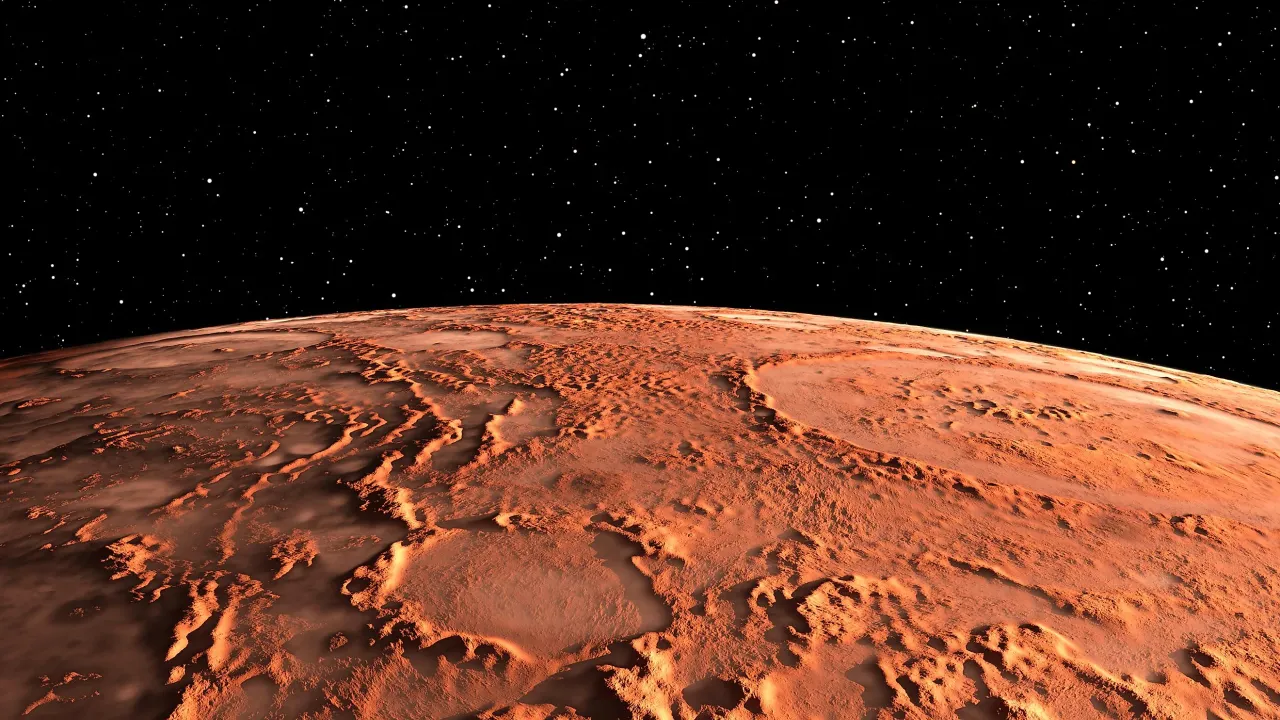According to a new study conducted by the European Space Agency (ESA) and NASA, previous theories about the origin of Mars’ red color may be wrong. Scientists have suggested that the red surface of Mars began to rust much earlier than previously thought, when the planet still contained plenty of liquid water. Here are the details…
Why is Mars red? Scientists have come up with a new theory!
Previous studies have shown that the red tones on the surface of Mars are caused by a type of iron oxide called hematite, and that this formation occurs over a long period of time with oxygen in the atmosphere. However, new research has revealed that instead of hematite, a type of iron oxide called ferrihydrite, which usually forms quickly in cold water environments, is dominant on the surface of Mars.

In new laboratory experiments, scientists discovered that ferrihydrite, when combined with basalt (volcanic rock), is a perfect match for minerals on the surface of Mars. This finding suggests that the surface of Mars began to rust in a colder, more water-rich environment in the early ages of the planet.
In short, this discovery could fundamentally change our understanding of Mars’ ancient water history. If the red dust on Mars formed during the time when liquid water existed, it means that the planet had conditions much more similar to Earth in the past.
Scientists say they will be able to directly test this theory when samples of Martian dust collected by NASA’s Perseverance rover reach Earth. Additionally, ESA’s Rosalind Franklin rover and joint NASA-ESA Mars sample-collecting missions could provide further evidence for this new theory.
What do you think about this? We look forward to hearing from you…














